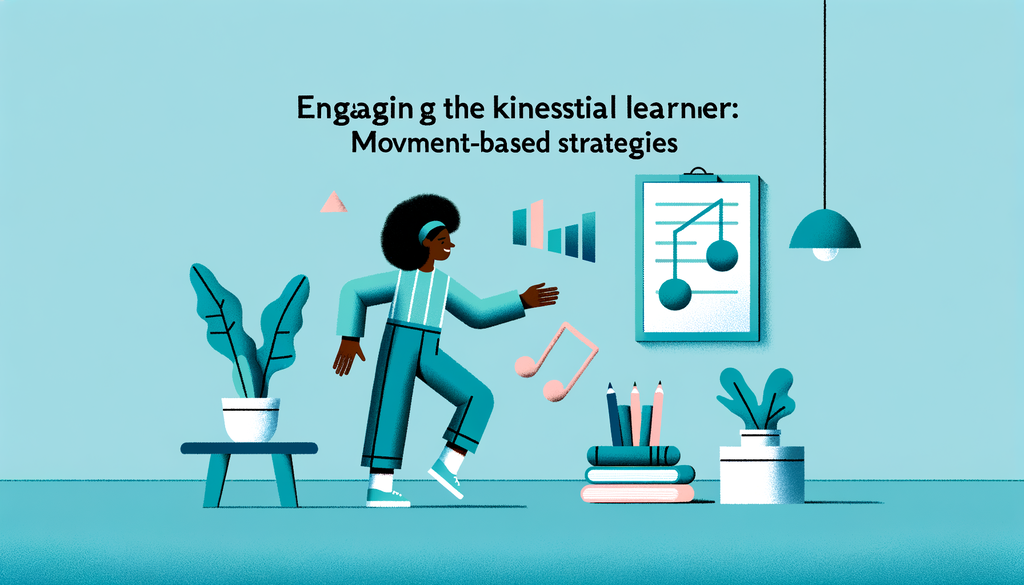Engaging the Kinesthetic Learner: Movement-Based Learning Strategies

As parents, incorporating movement-based learning strategies can make significant difference in both the happiness and success of your kinesthetic learner, especially for kids with ADHD or other developmental challenges.
Kinesthetic learners are those kids who learn best by ‘doing’—moving around, using their hands, or experiencing things physically. By leveraging their natural strength in physical movement, kinesthetic learners can achieve impressive gains in learning and cognitive development.
Knowing how your child learns best and using that information effectively can significantly improve their academic success. For instance, these strategies can greatly benefit children with ADHD, who often struggle to focus in more traditional, stationary teaching environments. Our detailed post Understanding Twice-Exceptionality: A Parent’s Guide can help you identify learning styles like this and other areas of your child’s unique learning profile.
Practical Strategies for Home
Here are a few movement-based activities that you can implement at home, to reinforce what your child is learning at school.
-
Act Out Stories or Events: Just as some kids are visual learners, kinesthetic learners often understand and retain information better when they can act it out. This tactic can be particularly beneficial in learning history or understanding complex concepts. It’s also great for young gifted learners, as discussed in our post, The First Signs: Recognizing Giftedness in Young Children.
-
Engage in Sensory Play Activities: Use sand, water, clay, rice, or other sensory-rich materials. Our post Sensory Play: Why It Matters for Special Needs Development covers the benefits of sensory-play activities in detail.
Strategies for Schools
Teachers can also adopt certain approaches to cater to the kinesthetic learners in their class:
-
Frequent Active Breaks: Allow for breaks where the students stretch, walk around, or even do mini-exercises. This change can help kinesthetic learners focus better when they return to their desk.
-
Hands-on Learning Activities: Incorporate labs, projects, or other hands-on learning activities whenever possible. Field trips, as discussed in Learning Through Travel: Educational Trips for Hands-On Experience, can offer valuable hands-on learning opportunities.
Tailoring the Environment
Adjusting the environment to suit the learning style of a kinesthetic learner can bring about significant change in their ability to learn. Check out Tech to the Rescue: The Best Apps for Special Education for high-tech resources that can help.
-
Adjustable Furniture: Standing desks and adjustable chairs can be a good option to permit light movement while studying.
-
Designated Movement Area: Having an area set aside for movement can be ideal for learners who need to move frequently.
Remember, every child learns in their own unique way. The best strategy is always to understand the learner, and then adapt teaching methods to that understanding. Just as we need diverse educational strategies, we also need diverse communities for support. Discover the power of solidarity in Power in Numbers: Starting a Support Group for Parents.